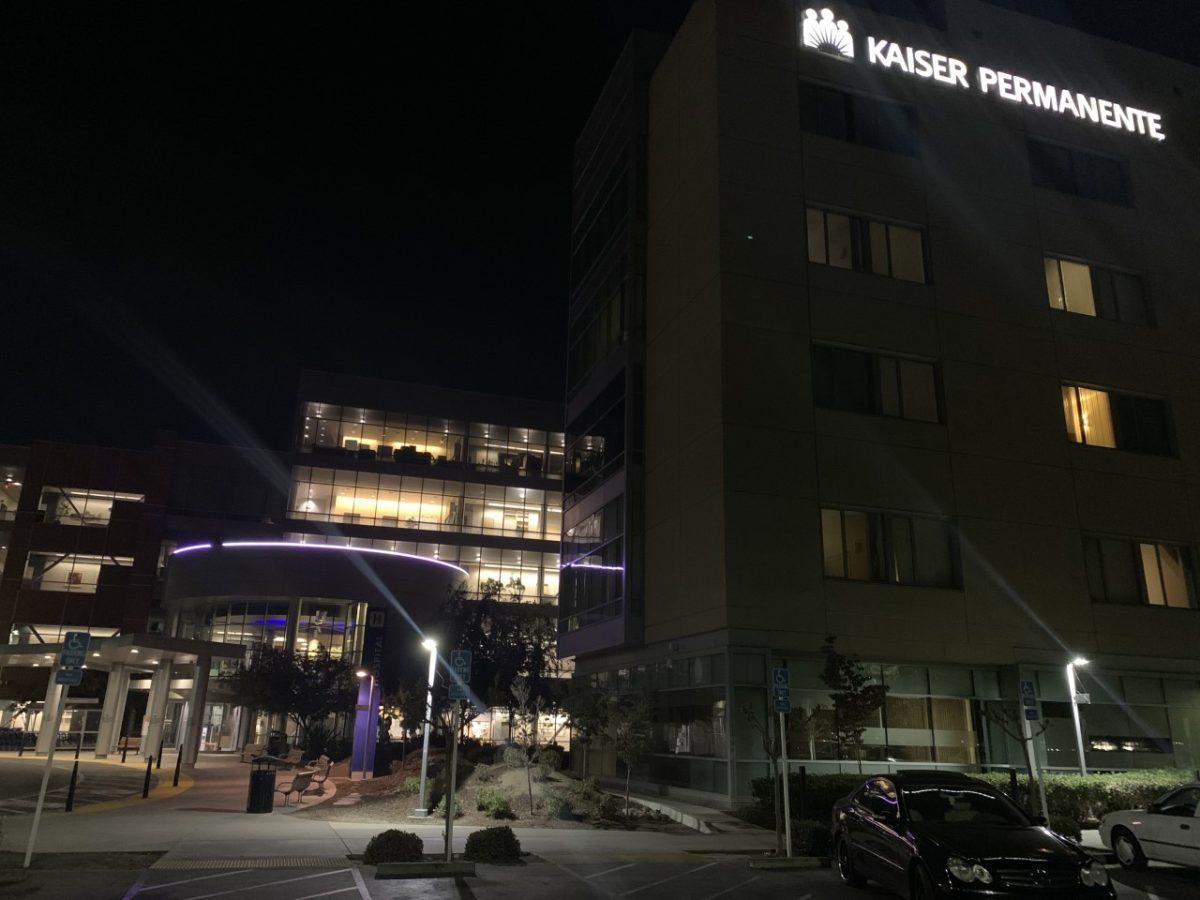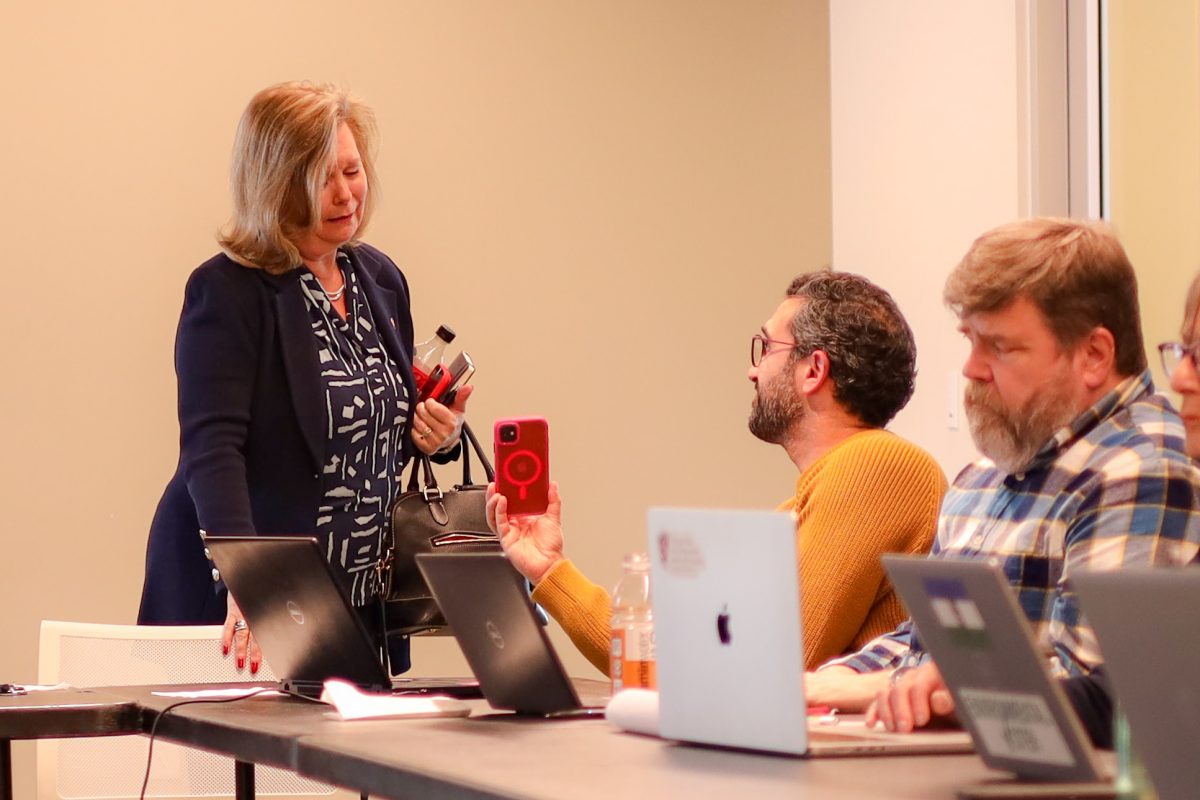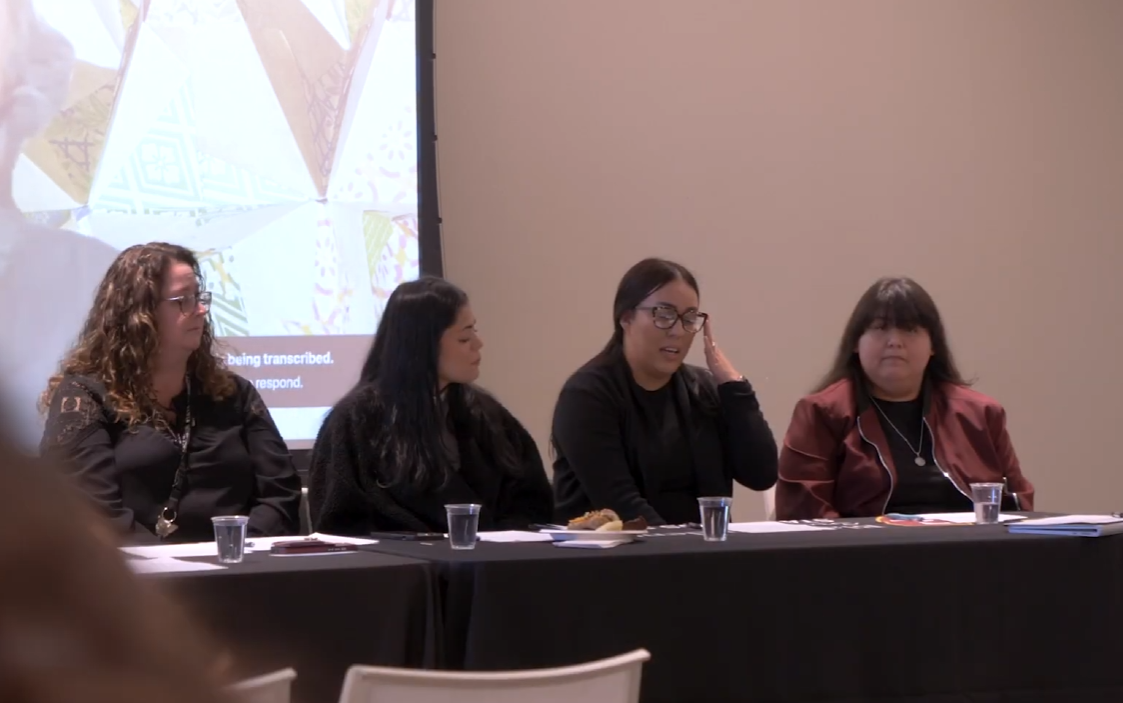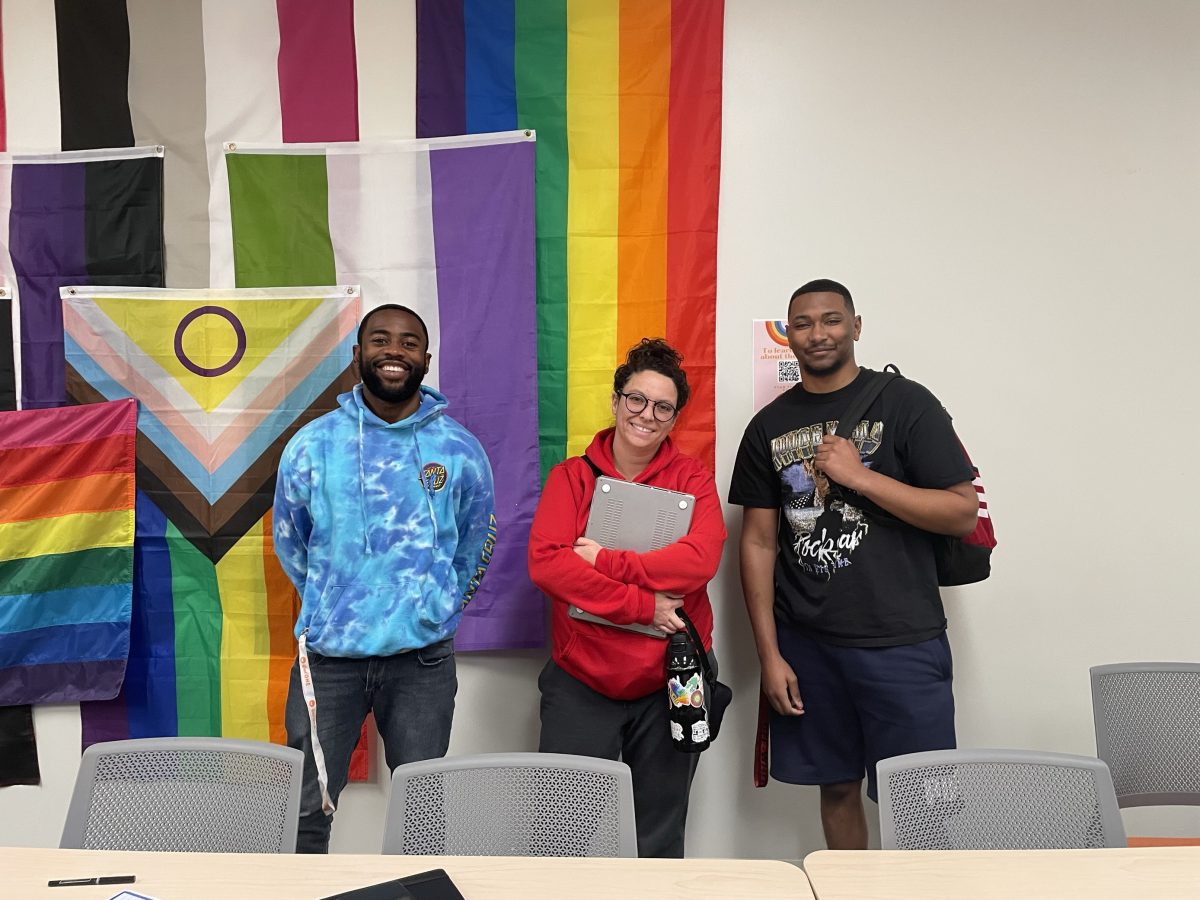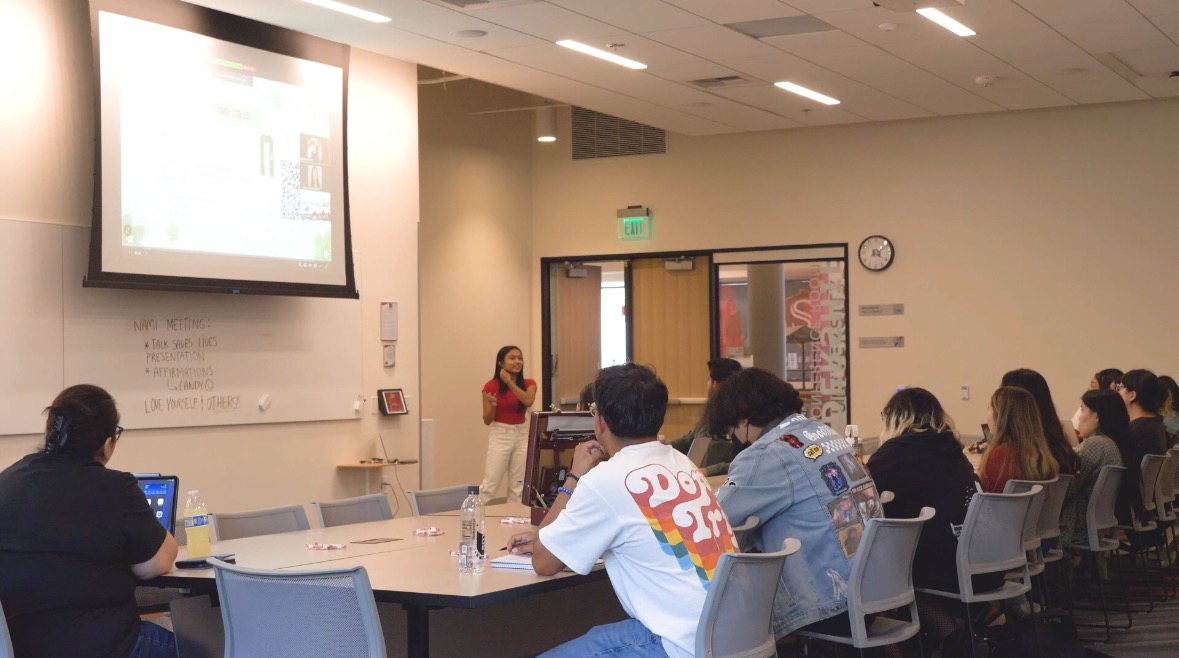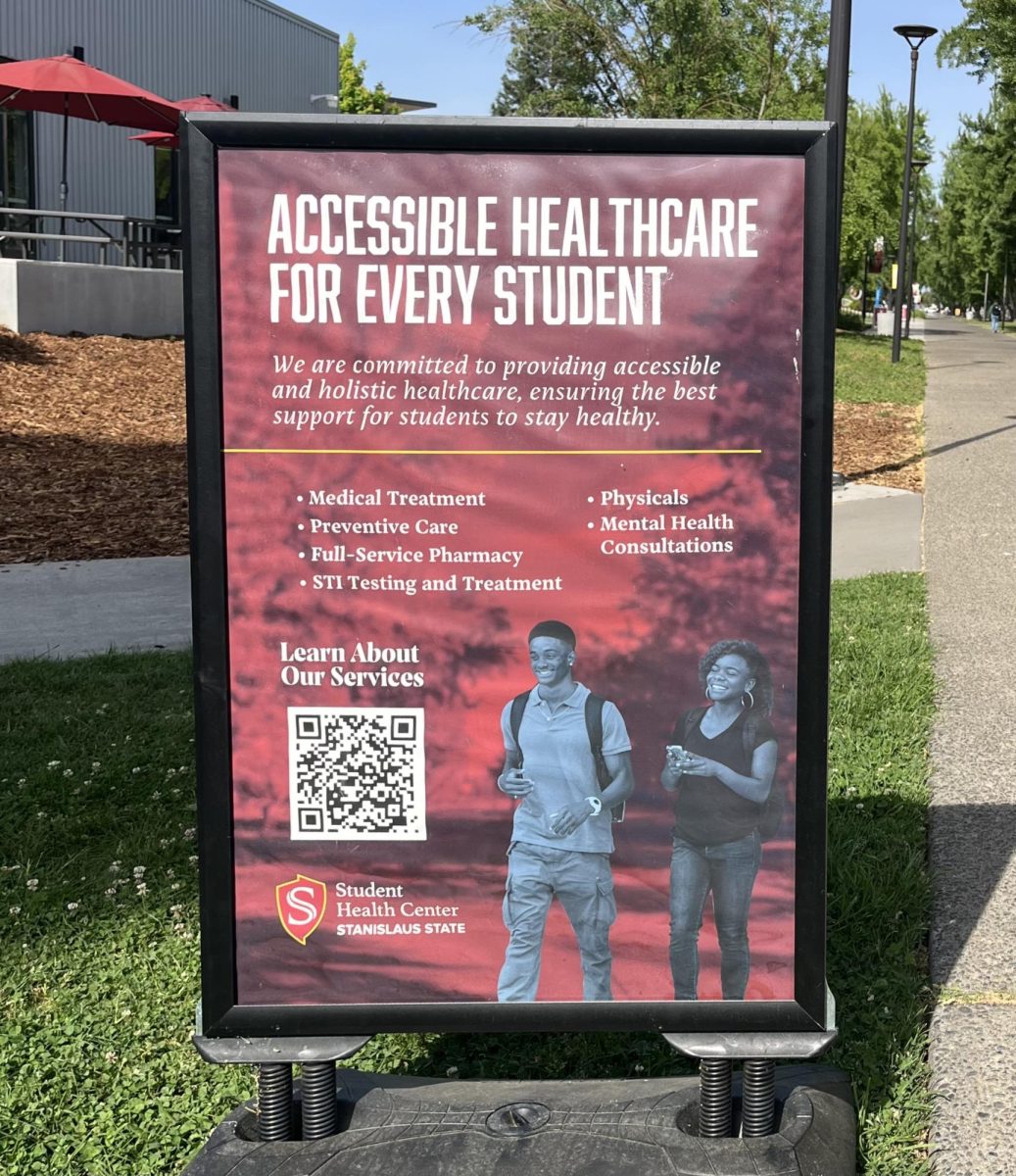A prevailing iniquity in U.S. healthcare are the health disparities that communities of color face. Many health disparities result from severely consequential social determinants of health, such as language barriers.
Iniquities in the Myriad Complexities of Healthcare
Healthcare is an increasingly complex state of affairs. Whether the objective is to understand ongoing research, hospital procedures, finances, supply logistics, quality of work for healthcare workers, or the quality of patient-care, there’s a myriad of distinct interdependent components to consider.
In addition to the various components of healthcare, there is also a variety of sources available to understand those components – governmental reports, academic studies, and the personal accounts of healthcare workers are three examples. There’s a prevailing, disturbing truth emerging from all forms of sources, though.
Despite the difficulty of unraveling the intricacies of U.S. healthcare, there is a substantial point of convergence that can delineated as follows: In relation to healthcare, communities of color are being adversely and disproportionately affected.
Stanislaus State Addresses Health Iniquities
On October 2, 2020, the Warrior Cross Cultural Center at CSU Stanislaus held an event with Golden Valley Health representative Yamilet Valladolid, titled “Health Inequities in Communities of Color.” This event, part of Stan State’s Seeds of Justice series, addressed the health iniquities that communities of color face.
Some of the health inequities that communities of color face are disproportionate chronic disease and premature death rates.
These consequential iniquities are largely caused by social conditions known as “social determinants of health.” During the event, Valladolid referenced various social determinants of health. Education, economic stability, and the healthcare system are some of the few social conditions that affect health outcomes such as life expectancy, quality of care, and health expenditures.
The Impact of Social Determinants on Health
A study conducted by the National Institutes of Health demonstrated that educational attainment has a significant effect on life expectancy. Educational attainment is an area in which communities of color continue to “underperform,” and this is reflected in lower life expectancies for Hispanics, Black men [and women], and American Indians and Alaska Natives.
An important social determinant that Valladolid mentioned was the healthcare system itself, of which linguistic and cultural competency is a vital function. Language, the tool we use to communicate information necessary for our own well-being, is an indispensable tool for both patients and healthcare workers.
According to the guidelines established by the Institute of Medicine, the best clinical practices are those that include clear explanations for alternative care options and health outcomes, are considerate of “patient preferences,” and are transparent without “distortions [and] biases.” The requisite ingredient in all these practices is efficient communication – this cannot be accomplished if there are significant language barriers.
Disproportionate Representation for Communities of Color
The Association of American Medical Colleges conducted a study revealing ethnic minorities as underrepresented groups in the U.S. composition of active physicians – “56.2% identified as White, 17.1% as Asian, 5.8% as Hispanic, and 5.0% as Black or African American.” These percentages arguably reflect demographics of the entire United States, however, they do not reflect California’s demographics.
According to reports from both the Public Policy Institute of California and California’s Health Care Workforce organization, California’s health workforce is not representative of California’s demographics. California has no majority ethnic population with its Latino population (39%) being slightly larger than its white population (37%). Even Turlock’s demographics, which has a 76.8% white demographic, has a large Latino/Hispanic demographic (37.1%) that is underrepresented in healthcare.
Diverse Language Requirements are Serious Obstacles for Healthcare Workers
In addition to reports and studies, the personal accounts of two individuals involved in healthcare support this narrative. One of these individuals is Vanesa Hernandez (author’s sister), Stan State alumna (Nursing) and now RN and BSN. Patient-assessments, medication administration, and documentation are only a few of the many tasks that nurses like Hernandez are responsible for – the ability to communicate efficiently with a diverse range of patients is critical for all these tasks.
When asked about some of the major persistent problems that she faces in her workplace, Hernandez identified language barriers between patients and healthcare professionals as one.
Hernandez often cares for Spanish-speaking patients. Fortunately, she is fluent in Spanish, but not every health professional can say the same. The range of languages extends further than English and Spanish.
According to Hernandez, these language barriers result in “patients having a difficult time trying to understand physicians or nurses who don’t speak their own language,” and this inability to communicate effectively is a recurring issue. Hernandez explains that, “we’re in charge of making sure that our patients understand their conditions, their treatments, and what the type of decisions about their health are being made.” All of which cannot be done adequately if good communication cannot be established.
Another individual involved in healthcare is Modesto Junior College student Priscilla Rodriguez, a member of MJC’s Nurse Assistant Program. Gaining clinical experience as a Nurse Assistant at MJC, Rodriguez has helped care for patients in a post-acute facility and aims to become a registered nurse after completing the program.
In regard to language barriers between patients and their caretakers, Rodriguez said breaking language barriers is necessary in order to communicate what kind of care the patient needs and whether or not the patient’s needs are being met.
Nurses and physicians must be able to understand the experiences of their patients in order to attain the best solution for their health. Likewise, patients have the right to comprehend the consequential decisions that are being made for their health. This cannot happen if patients are unable to understand what their caretakers are saying.
“Patient communication is extremely important, especially if you want to be a real advocate for your patient,” Rodriguez explained.
Rodriguez’s statements capture the prevailing message – patients need advocates, advocates that can communicate efficiently with their patients and overcome these language-barriers. These language-barriers are only a single facet in the web of disparities that communities of color face, but it is an extremely consequential factor that must be addressed.
Categories:
Health Disparities for Communities of Color
Alex Hernandez
•
November 8, 2020
0
Donate to Signal
Your donation will support the student journalists of California State University, Stanislaus. Your contribution will allow us to purchase equipment and cover our annual website hosting costs.
More to Discover

